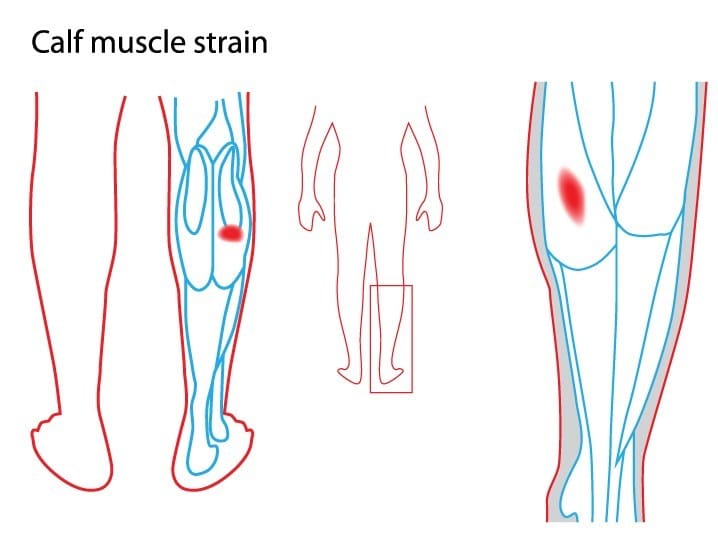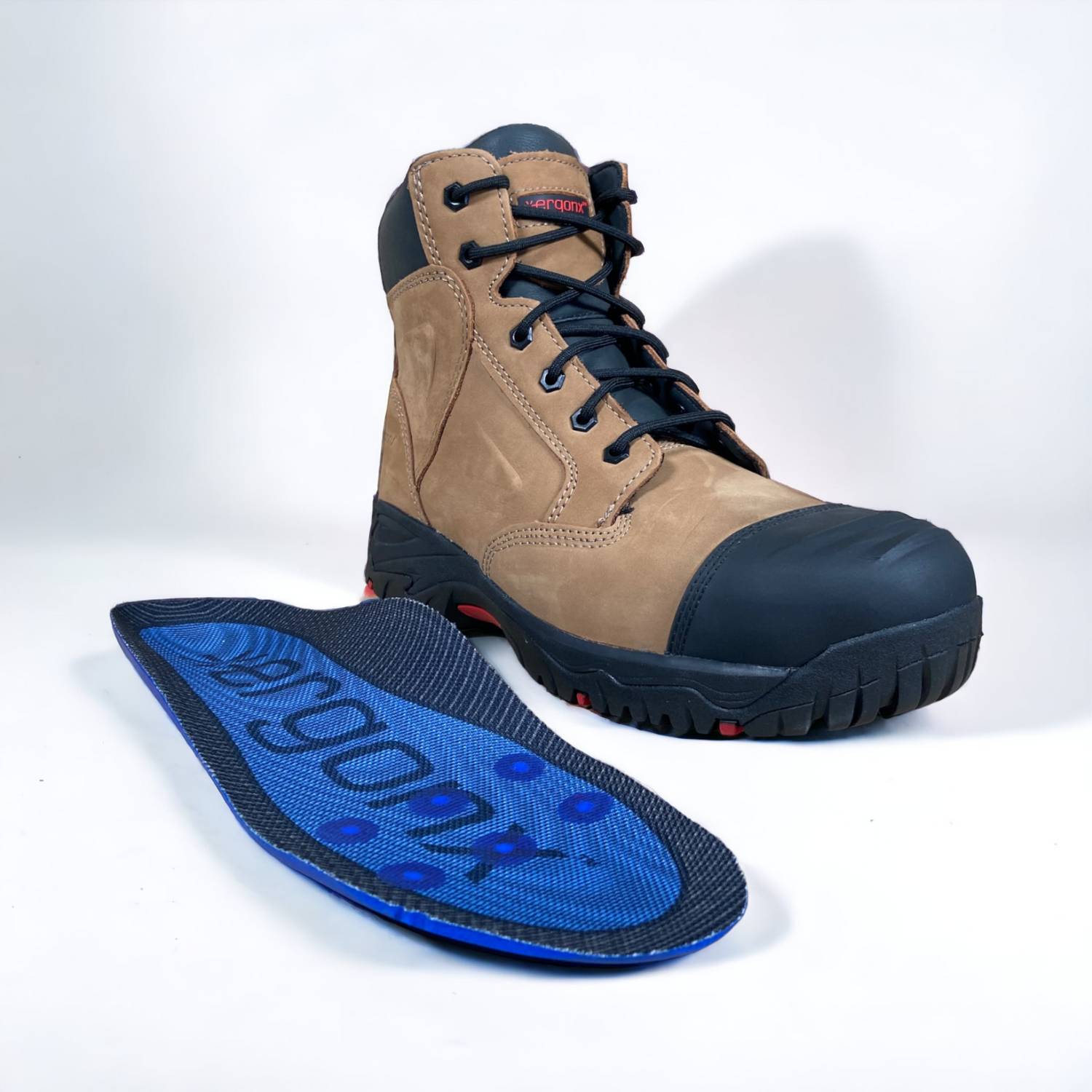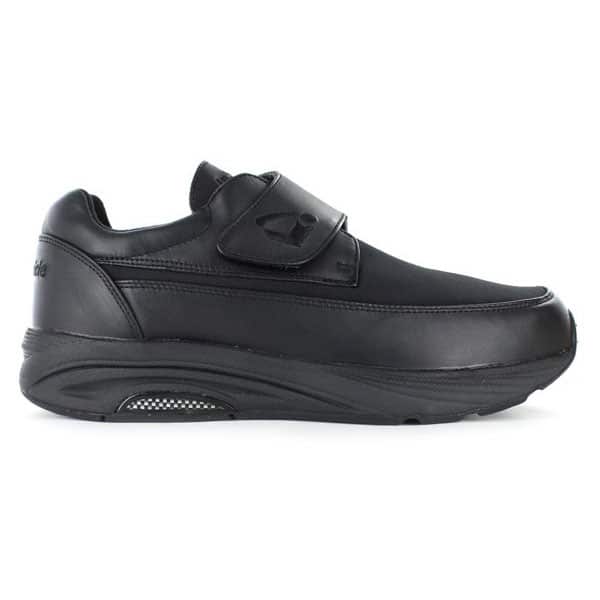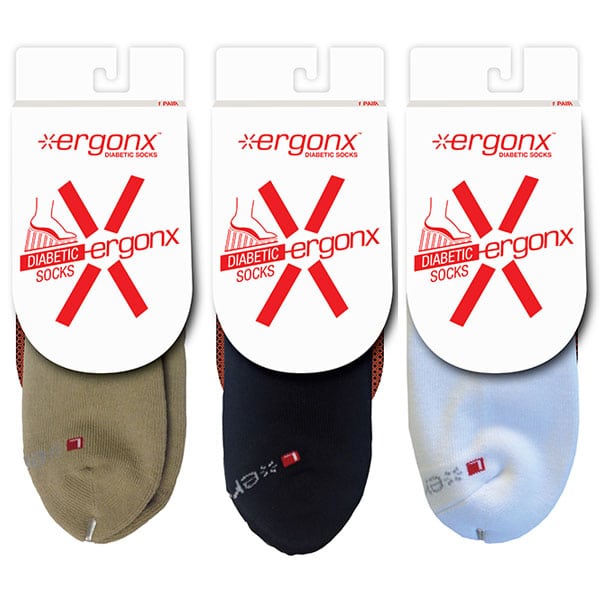Calf Strain
Calf strain or calf pull refers to over-stretching of the calf muscle leading to tearing of the muscle fibers. The calf muscle is made up of two separate muscles; namely the gastrocnemius, which is the outer larger muscle and which has a prominent bulge. It is responsible for bending the knee and the ankle joint. The other is the soleus, which lies deeper to the gastrocnemius muscle and is involved in movement at the ankle joint alone.
Half-way down the calf, both these muscles join to form the Achilles tendon, the strongest tendon in the body. As these muscles contract, the tendon pulls the heel off the ground during the push-off phase of the gait cycle.
